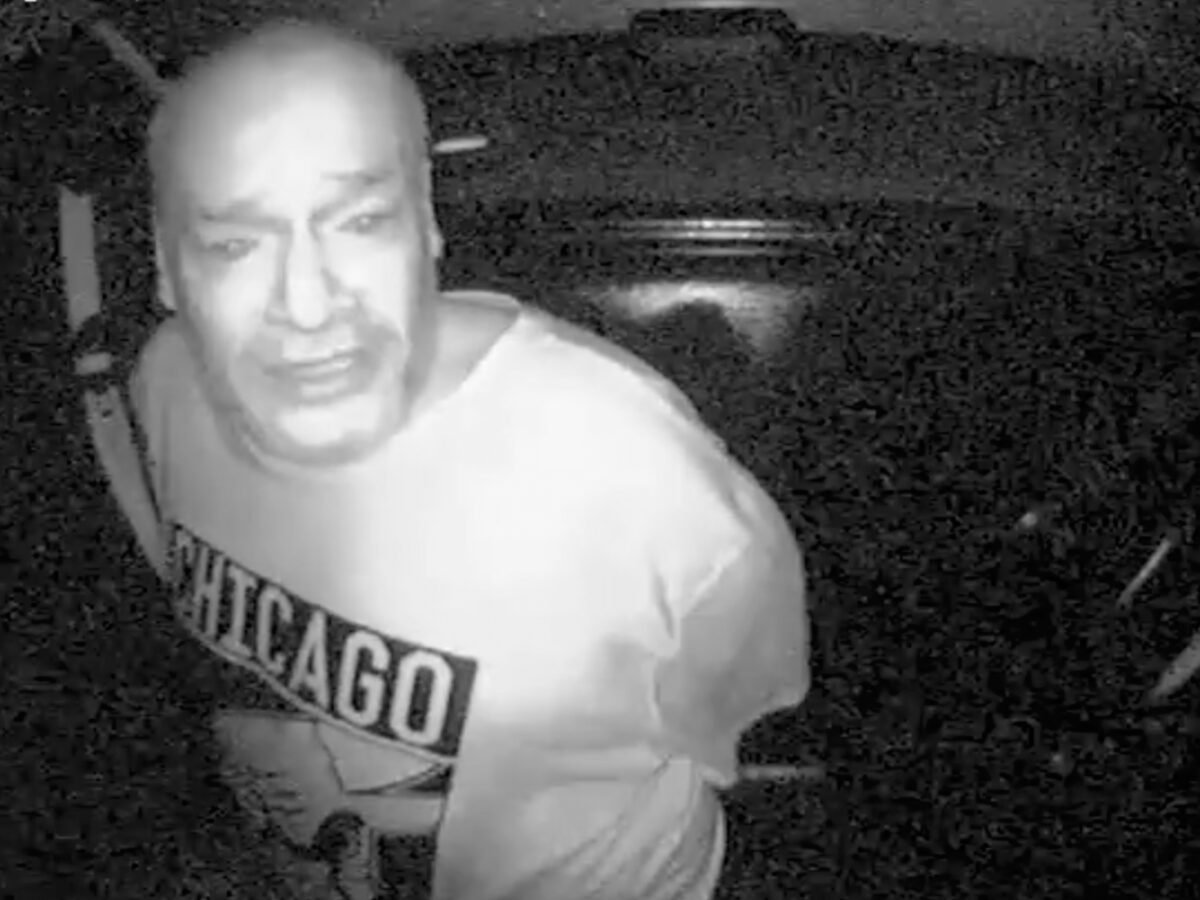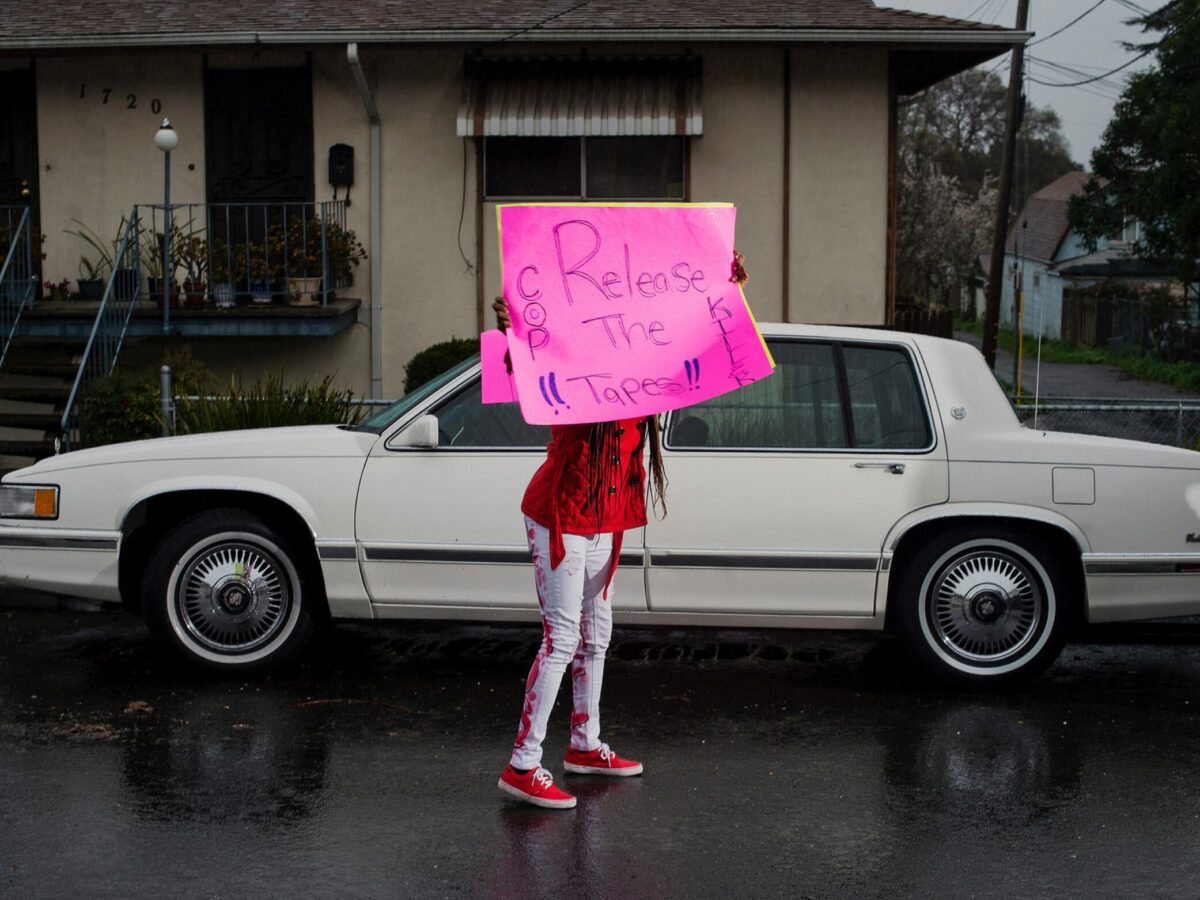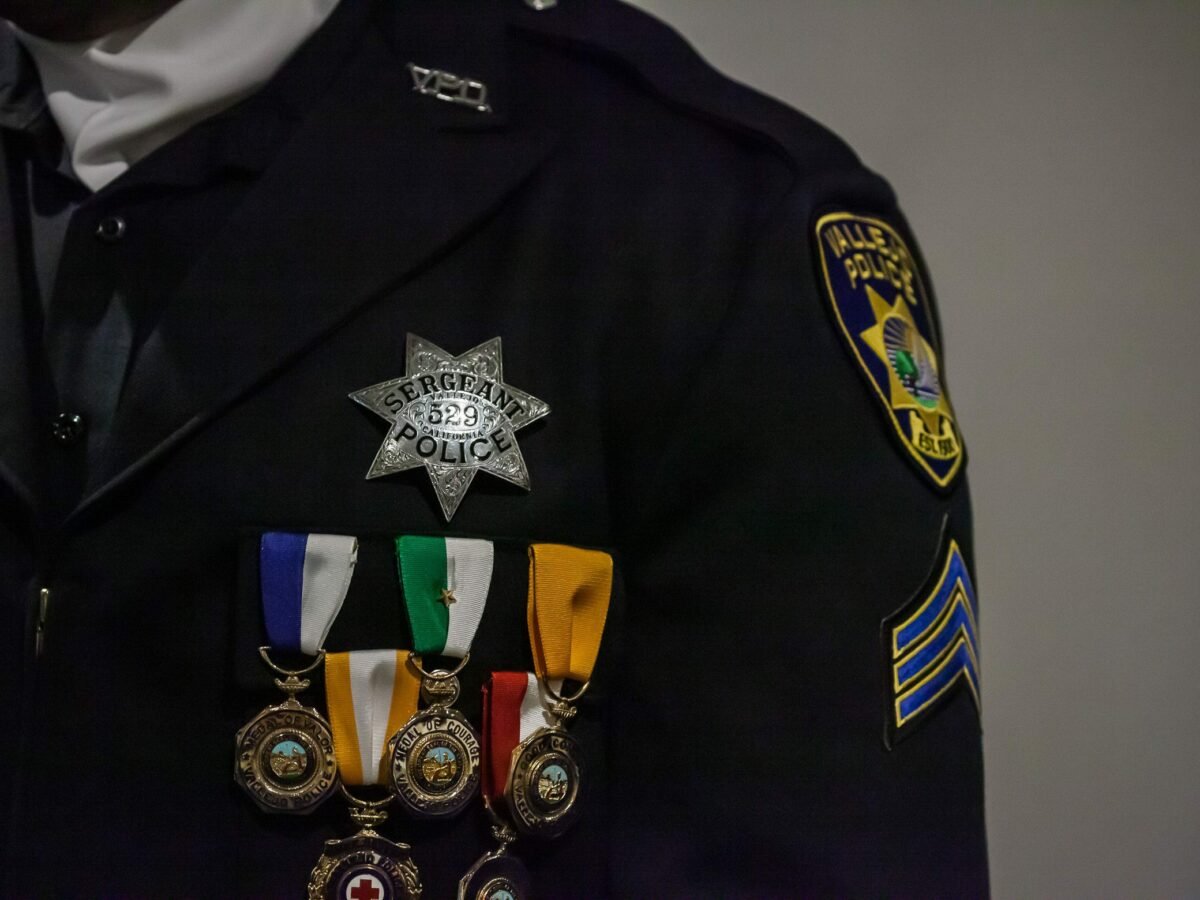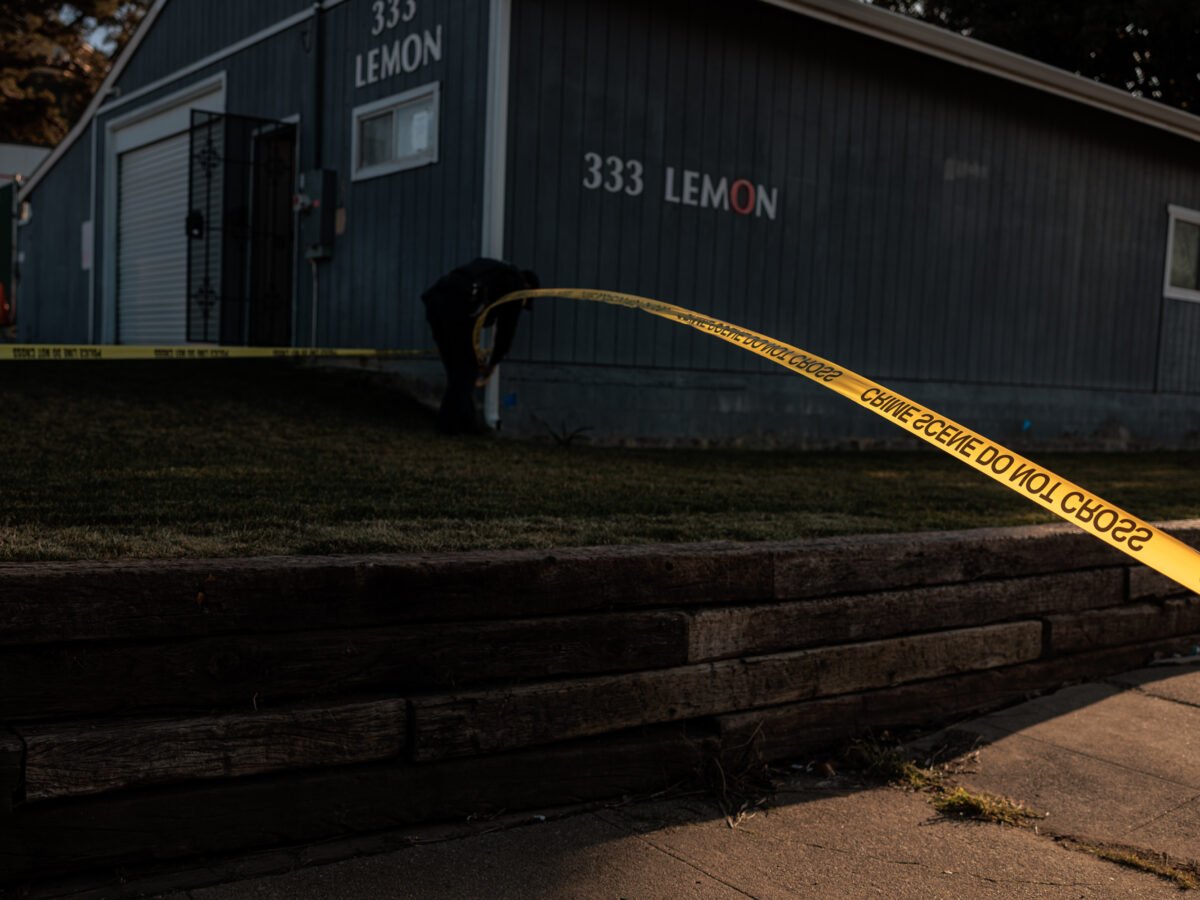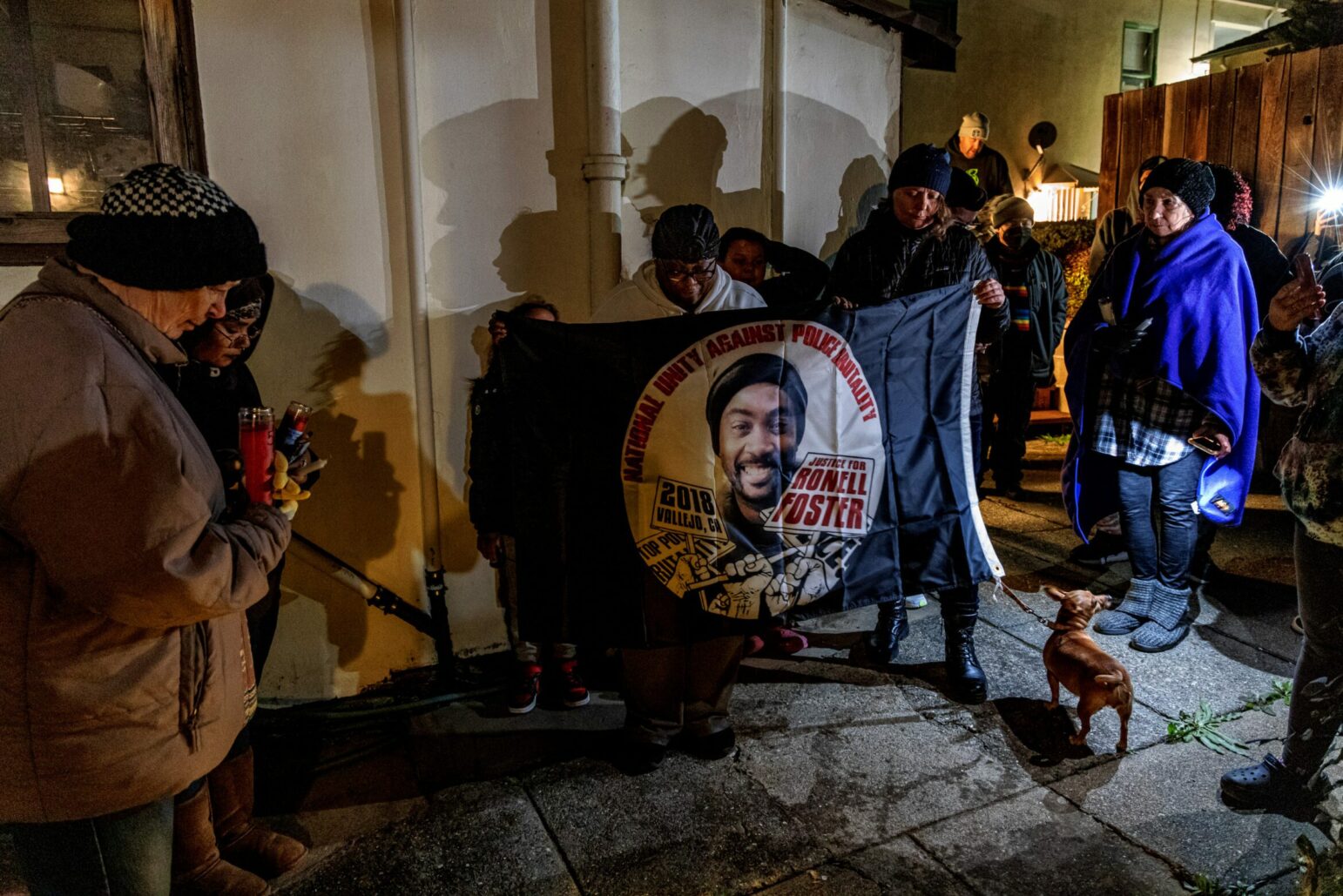
This article was originally published by the nonprofit newsroom CalMatters.
A law passed in 2020 compels the state Justice Department to investigate all incidents in which a police officer shoots and kills someone who is unarmed.
But the department isn’t investigating all of the incidents law enforcement agencies are referring to it — in at least 17 cases to date, the state has opted not to investigate.
The exact number and details about those cases are a bit of a mystery, CalMatters has learned. The Justice Department said it had not been tracking each report it received and could readily provide details only for cases in which its agents visited the scene or opened an investigation or reports. After CalMatters began raising questions in November, the department managed to track down some information on the 17 rejected cases, and acknowledged there were more.
CalMatters launched its own tracker to follow the police shooting cases the Justice Department is investigating, which number 31 and counting.
The department now says it has reversed course and begun tracking every report that comes in.
“Given the mandate and the need to rapidly implement a major new statewide initiative, our office focused on … qualifying events,” a Justice Department spokesperson wrote in an email to CalMatters Jan. 20. “We did not previously consider tracking calls for non-qualifying events. However, we are now tracking the information on our end and we’re more than happy to provide updates on those figures as needed.”
Under the new law, whenever a police department or sheriff’s office thinks one of their officers has shot someone who could be considered unarmed — including those carrying Airsoft rifles or other weapons not considered deadly — they’re compelled by law to report it for review.
The law says: “A state prosecutor shall investigate incidents of an officer-involved shooting resulting in the death of an unarmed civilian. The Attorney General is the state prosecutor unless otherwise specified or named.”
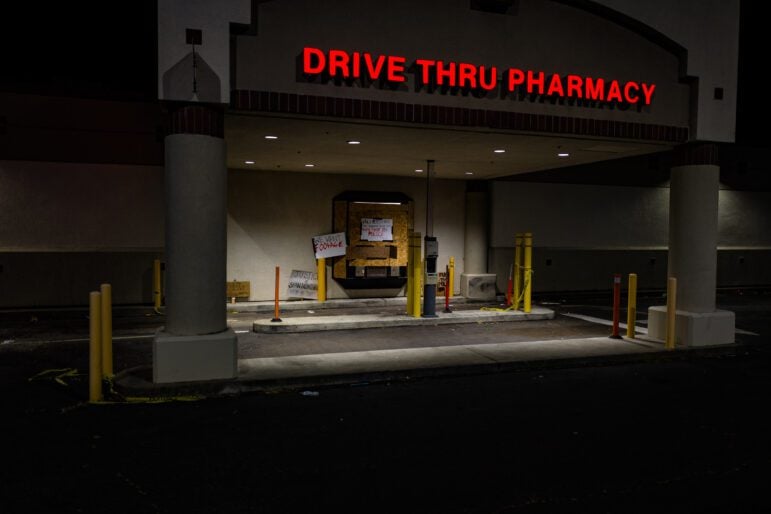
Geoffrey King / Open Vallejo
A Vallejo police detective killed 22-year-old Sean Monterrosa on June 2, 2020, after he allegedly mistook a hammer in Monterrosa’s sweatshirt for a gun. California Attorney General Rob Bonta announced in May 2021 that he would investigate the homicide, but only after Solano County District Attorney Krishna Abrams recused herself, citing a “perceived conflict” and a lack of trust “from some community members.” Credit: Geoffrey King / Open VallejoBut sometimes a lot hinges on the definition of “unarmed.” The Justice Department may opt not to investigate a case if it determines the person killed was, in fact, armed in some way. For example, if the slain person was in a car, the deputy attorney general making the call might determine that person was using the car in a manner that constituted potential deadly force.
In any event, when the Justice Department doesn’t take a case, it also hasn’t been publishing an explanation as to why.
The review process for the shooting of unarmed people is public record, and the Justice Department has maintained a page recording the names and locations of the people shot and the officers suspected of shooting them.
Failing to report the original calls from law enforcement agencies — whether the person they shot was unarmed or not — makes analyzing the decision-making by the Justice Department more difficult. This was, after all, a law enacted in the wake of the George Floyd killing to create a layer of state oversight.
For instance, there were 31 open investigations into the shootings of unarmed people as of Jan. 25, but it’s impossible to know what percentage that represents of the total number of calls the department has received. They have logged at least 66 total calls since July 1, 2021.
The legislation creating the program to investigate deadly police shootings does not explicitly mandate how the Justice Department will maintain records. The Justice Department told CalMatters that the program’s operations are up to them.
“Oh it’s absolutely troubling, but I’m just a lawyer, I’m not the family who lost a loved one,” said Izaak Schwaiger, an attorney representing the family of Pelaez Chavez in a federal lawsuit against the Sonoma County Sheriff’s Office and the deputy who shot him. “And for those folks out there who are relying on some oversight … to just get turned a cold shoulder like this is indefensible, and it’s a misapplication of the attorney general’s duty under the law.”
In that case, even the Sonoma County District Attorney has complained that the state Justice Department needed to be more transparent about its decision to not investigate.
The two authors of the original bill creating the program refused to comment on the way the Justice Department has been handling cases. One is Assemblymember Kevin McCarty, the Sacramento Democrat whose spokesperson said he would soon introduce legislation expanding the Justice Department’s mandate to investigate all deaths at the hands of law enforcement. The other is Attorney General Rob Bonta, a former legislator who now heads the Justice Department.
Other legislators heavily involved with policing also refused to comment. A spokesperson for Assemblymember Reggie Jones-Sawyer, a Los Angeles Democrat and chair of the Assembly Public Safety Committee, said he would issue a statement, then stopped returning calls and text messages.
No one, it seemed, wanted to talk: a number of the groups who were registered supporters of the original legislation creating the Justice Department program didn’t return calls or emails from CalMatters, or declined to comment. One person who wouldn’t be quoted by name said that the groups worried that publicizing each call from a law enforcement agency would make the agencies less likely to report their shootings in the future.
“There should be some record, a digital record, that a telephone call was made,” said David Loy, legal director of the First Amendment Coalition. “Incoming and outgoing calls, even if it’s only to record … the fact that a call was made should be (available). I mean, my cell phone bill has a record. Every call that came in and out of my cell phone, that’s a record that exists. I can’t believe that the state doesn’t have a similar record.”
Shot shoeless in a creek
One of the calls the Justice Department chose not to investigate came from the Sonoma County Sheriff’s Office.
At about 7:30 a.m. on July 29, Sonoma County dispatchers took a call about a man breaking a house’s window with a rock. Deputies found 36-year-old David Pelaez Chavez in a hilly area and tried to communicate with him in Spanish, according to body camera footage released by the Sonoma County Sheriff’s Office.
The deputies did not tell Pelaez Chavez in Spanish to drop the hammer and tiller he was holding in one hand, and the rock he held in the other. As he bent over, standing shoeless in a creek, a deputy shot and killed him.
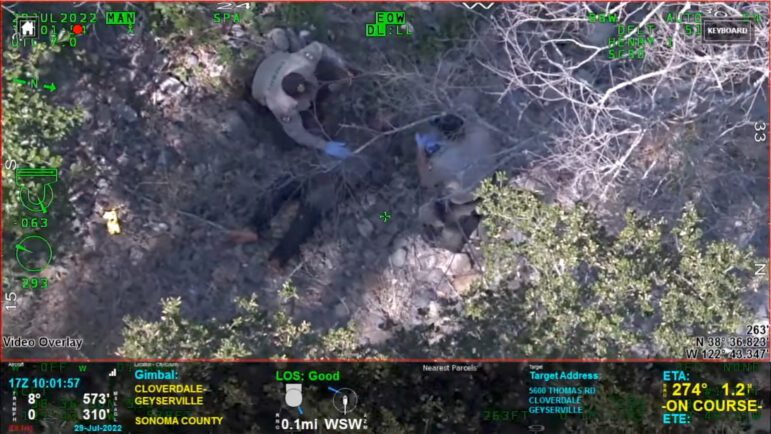
Sonoma County Sheriff’s Office
Footage from a Sonoma County Sheriff’s Office helicopter shows deputies Michael Dietrick and Anthony Powers attempting to render aid to David Pelaez-Chavez, whom Dietrick fatally shot on July 29, 2022 in Geyserville, Calif. Credit: Sonoma County Sheriff's OfficeIn a Sept. 7 letter to Bonta, Sonoma County District Attorney Jill Ravitch questioned the lack of transparency after the state turned down a potential investigation, noting, “It would be helpful to have a written explanation of how the determination was made to decline participation in the investigation.”
“I was concerned that the decision had been made without enough evidence and it was a little preliminary given the situation,” Ravitch told the Santa Rosa Press Democrat.
CalMatters has found that the Justice Department has struggled to meet the goals set by the police shooting law — including the attorney general’s own pledge to complete investigations in one year. Internal emails indicate that Justice Department employees were worried that the new workload would overwhelm them. Department officials also have complained that the Legislature slashed in half their original $26 million budget request to cover these investigations.
Police shootings are politically charged, and Schwaiger, the plaintiff’s attorney in the Sonoma County case, said the lack of funding means Bonta’s office has less time and fewer resources to investigate cases with little upside to the department: push for charges against police officers and you’ll enrage one set of constituents; fail to bring charges and you’ll upset a different set of voters.
“There’s no more labor-intensive investigation that can be done than the investigation of a police officer involved in some kind of a killing,” Schwaiger said. “And there might be something to the fact that they don’t have the manpower or the money to do it.
“I think their earlier position upon the adoption of this law was that they’ll make it work, no matter what. The truth is, they haven’t.”
Investigations into police shootings of unarmed people throughout California begin when the law enforcement agency itself calls in the shooting to a Los Angeles-based 24-hour call center — these are the calls that the Justice Department has just started tracking.
The call center contacts an agent at the Department of Justice, who then confers with department attorneys into whether the incident could qualify as a fatal shooting of an unarmed person.
If the Justice Department agent finds there is enough cause, the department will send a Deputy Attorney General to the scene of the shooting. This had happened 49 times as of Jan. 16. After processing the scene, Justice Department attorneys then decide whether to take up the case.

